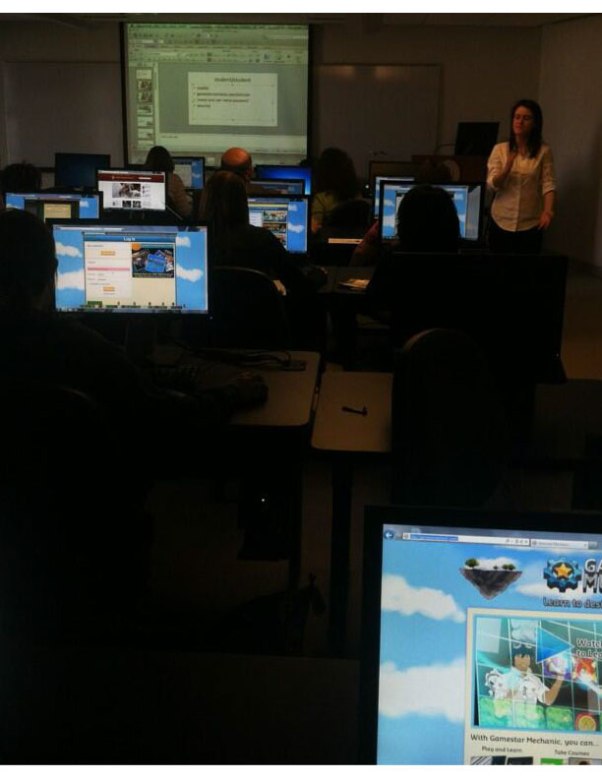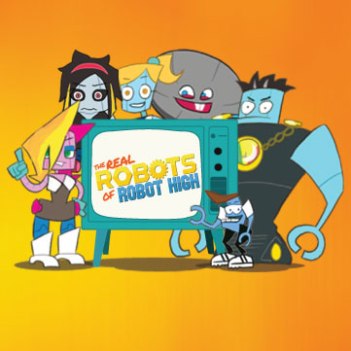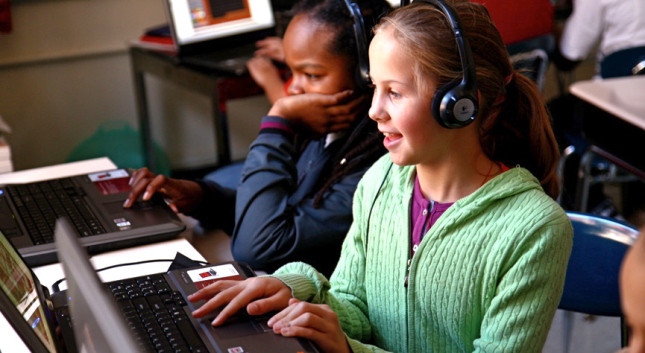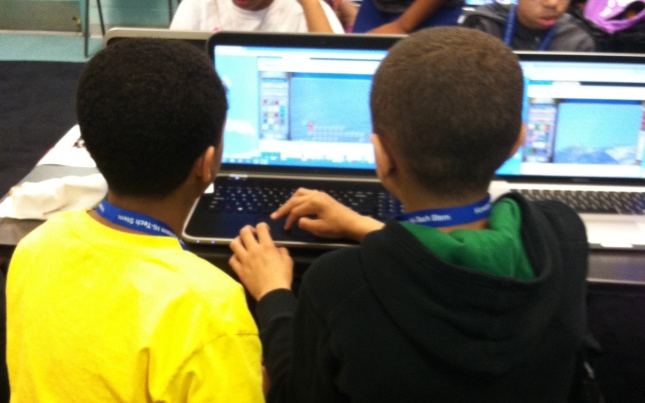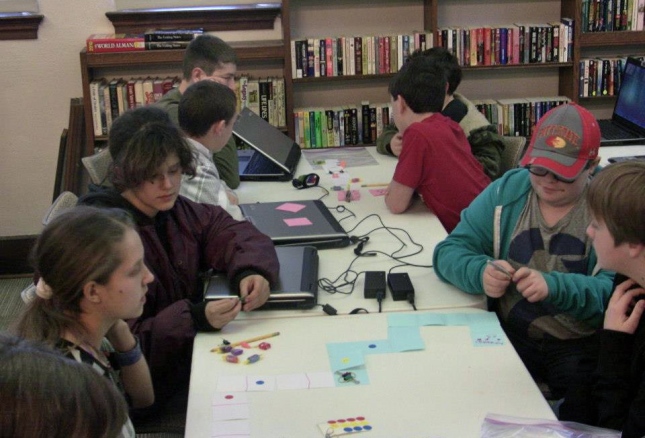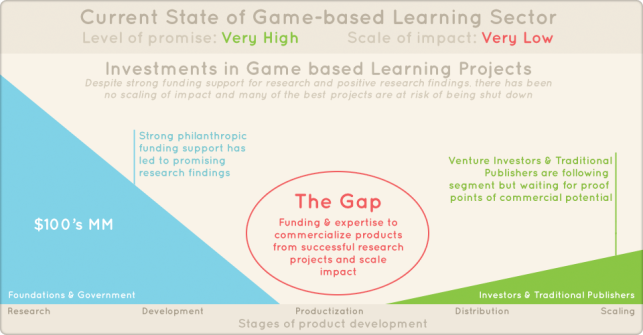At E-Line, we’re often impressed by the games that teachers create to aid their students in learning. Martin Esterman, a teacher from Marietta, GA, is a great example. In 2012, Martin won the Educator Stream of the National STEM Video Game Challenge for his game, Addition Blocks, that helps students increase addition speed and accuracy. Since winning the Challenge, Martin has received a great deal of exposure for his game and was the recent recipient of a Channel 11 Class Act Award. In the Q & A below, we asked Martin to share information about what inspired him to create Addition Blocks and why he thinks games are beneficial for learning.
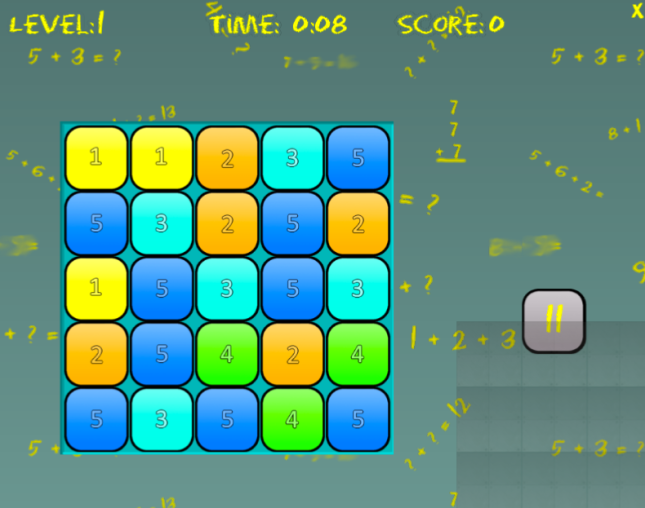
Martin, thanks very much for being a part of this interview. Why don’t we start with you telling us a bit about your teaching life. What grade(s) and subject(s) do you teach? How long have you been teaching?
Martin: Hey Kerri, great to talk with you again! Teaching is actually my second career. Originally, I was a software engineer for several small companies until I discovered how much I enjoyed working with middle-schoolers. Very clearly, I was led to leave the world of computers, and returned to school to earn my Master’s degree in Secondary Math Education. I’ve been teaching Math for 11 years, all at the middle school level, and primarily advanced students. I was recognized as a “Georgia Master Teacher” in 2006. Currently, I teach in a STEM Magnet program at Marietta Middle School, in Marietta, Ga. I absolutely love it, because I can combine my engineering & computer background with the math curriculum.
What inspired you to create the game?
Martin: I was thinking about a way to make a game to practice addition of integers. The ‘Bejeweled’ /Pattern matching games were pretty popular, so I merged game play with finding sums as the ‘matching’. Pretty quickly, I put the game together, and basically never got around to implementing negative numbers! I liked the simplicity of the game using only the digits 1-9 and finding the sums, so the game just stayed ‘AdditionBlocks.’
Had you been using any games in the classroom prior to making you own? If so, what were your observations about games for learning?
Martin: One of my goals for my classroom is to show my students that math can be fun. So, whenever I can, I bring a game or activity or project into the learning process. I use games to help practice whatever we are learning at the time. Most of the games I used early in my career were pencil-and-paper games or puzzles – one of my favorites is “Cross-Sums” (more popularly known now as Kakuro). I’ve made up games like “Percent Bingo,” where I give the students a decimal or fraction, and they have to turn the number into a percent.
Overall, I believe that playing games and doing puzzles as part of my teaching creates an environment where students can relax and have fun (if they *choose,* ha!); which makes the classroom very conducive to learning. Additionally, if I have ‘earned’ the credit that we will have fun in my class, then students are more responsive to the more rote work of lecture and class work when that has to be done. As a plus, I believe some of my middle schoolers actually begin to enjoy ‘doing math.’
How long did it take to make Addition Blocks? What sort of process did you go through? Had you ever made a game before?
Martin: The very first version of the game took maybe 3 or 4 months working on weekends and over breaks. When I discovered the STEM Video Game Challenge, I took another 3 or 4 months and made the game more playable, adding the speed and difficulty options, implementing the achievement system, and fixing some bugs. Over the summer I spent a lot of time on the game, improving graphics, (more) bug fixes, and porting to HTML, iOS, and Android.
I have made quite a few games, as this is a hobby of mine that actually started when I was in middle school! I made a computer version of Kakuro (Cross-Sums) 6 or 7 years ago that I have my students routinely play. I also made a 4-in-a-row game based on the Factor Game for practicing integer multiplication. However, AdditionBlocks is the first game that actually went public, primarily due to the STEM Video Game Challenge and E-Line Media.
How often do you use Addition Blocks with your students? What sort of response have you witnessed?
Martin: Since I teach in a Middle School Magnet program, most of my students are advanced learners, so I use the game as a warm-up/activator or after tests/quizzes when students have finished early. But I do have students who ask if they can play the game during class!
The response to the game from parents and teachers has just been amazing, and I’ve really been humbled. In fact, a few of my co-teachers are addicted to the game! Several other teachers have told me they have started using AdditionBlocks in their elementary classrooms. One parent has told me that she had her child play the game every day for 5-10 minutes, and has noticed an improvement in her child’s adding skills.
How can teachers begin using it now?
Martin: First, understand the game is not intended to *teach* basic addition, but to improve a student’s speed and accuracy. If you see a student ‘counting’ to add (“5 + 3 is 5-6-7-8”) or using their fingers, their fluency is low, and they should start the child on the ‘slow’ speed and ‘easy’ difficulty…But, AdditionBlocks is really for anyone to increase their speed. Interestingly, students will also begin to see patterns with numbers and sums. AdditionBlocks can be used to show how ‘grouping’ by 10s will help in addition, especially when students get to higher sums in the game.
However, I think with any basic skill development activity, whether it is done with pencil and paper, or using AdditionBlocks, practice needs to be done routinely (2-3 times per week) for short periods of time (5-10 minutes). Students also need to see they are improving by charting or graphing their progress.
What does the future hold for Addition Blocks?
Martin: I am currently working on the next version to be released early summer. I’ve contracted with a graphic designer and we are re-doing all the graphics. The new version will have 4 game modes, including a Practice Mode, and new achievements. Wait until you play the challenge mode! Ha! Anyway, ‘Like’ AdditionBlocks on the Facebook page for news and updates!
Do you have any other games in the works?
Martin: I hope to have MultiplicationBlocks and IntegerBlocks completed this summer as well. The Product Game just needs some tweaking and bug fixes. I also have a couple of games for practicing decimals, fractions and percents – The Percent Bingo game along with “Percentominos.” Another game focuses solely on fractions that can be used to show equivalent fractions, comparing and even adding. I’ve got a lot of other ideas that I would love to see produced!
Thank you again, Martin. We look forward to seeing what happens with Addition Blocks!
Thanks, Kerri and everyone at E-Line! I really have enjoyed working with this company.
